
Sure, we all want to cut down the weight we carry when riding out mountain bikes, but there are a few essentials you’re not going to want to leave the house without. These bike accessories are important to keep you safe, and to bail you out in the event of a mechanical issue or flat tire. In other words, you’re better off dropping a couple pounds, or grams really from your beer belly instead of leaving these tools in your garage. Many of the mountain bikers here at evo like to go lightweight, putting more of these accessories on our bikes, in mountain bike fanny packs, or on-frame “gripper bags” instead of a bulky backpack. But we still have these essentials with us on the trail.
Helmet

Your mom has said it, and we’ll say it again: You should never ride without your bike helmet. Period. Your head is your most important asset, and mountain biking is inherently dangerous. It’s important to make sure that your helmet fits well, and is free of dents and cracks. Even if you haven’t crashed on you lid, manufacturers recommend replacing your helmet every three to five years because they can break down and become less effective. It’s not imperative to have a mountain-bike-specific helmet, but they do offer more protection often around the back of the head and ears.
Hydration
You’ll be working hard out there on the trail, which will get you sweating no matter how good of shape you’re in, so you’ll need to take some hydration along with you. This can be plain old water, or an advanced cocktail of sports drinks or powders. Thankfully there are now plenty of great ways to carry your agua, from simple bottle cages on your bike to a fanny pack or hydration pack. Find a style that works for you.
Gloves

Riding gloveless might be a “cool” thing to do, but protection and grip outweigh style every day of the week. Proper mountain bike gloves help you hold onto your handlebars, especially when things get sweaty, Likewise, they’ll help protect your hands if you crash. This means more time riding, and less time licking your wounds. The main differences between styles of bike gloves are protection and warmth. Choose based on your style of riding and climate.
Snacks
The snacks are why we all ride anyway, right? So don’t forget them on your kitchen counter! Mountain biking is a strenuous activity, so you need to constantly feed your body to keep up your energy and avoid the dreaded “bonk.” A good balance of quick energy (sugary snacks) and slower burning, protein-rich foods will keep you going all day long. Sour Patch Kids are a perennial favorite, with anything from leftovers to sports bars filling in the gaps.
Spare tube

Flat tires suck. Flat tires happen. There is nothing worse than getting one of these inevitable mechanicals and not being prepared. This can leave you stranded out on the trail, hiking the walk of shame back to the trailhead. A spare bike tube is a must, even if you are running tubeless tires. Rhis way, if you can’t get your tubeless system to seal, you can just put in a tube. A lot of tubeless riders will just use a strap or even electrical tape to keep their emergency tube on their frame. This takes up less room in your pack, and you can never forget it.
Multi tool
Stuff happens when you’re out there on the trail, and a bike multi tool can quickly become your best friend. From simple adjustments like the height of your seat to fixing loose components, a tool is a necessity. For the minimalists out there, this is something that can be carried on your frame in a bag like the Dakine Hot Laps Gripper, or in a saddlebag. This keeps weight off your back, or can even eliminate the need for any bag at all on shorter rides.
CO2 or pump

So you have your spare tube, that means you’re going to need some way to inflate it. There are two options for on-trail inflation: a small bike pump, or CO2 inflator. The pump is self-explanatory and easy to use. CO2 inflators use small cartridges of compressed gas and an inflator head to refill your flats, and they’re more compact that most pumps. Even if you run tubeless tires, carrying a tube and inflation is important for the scenarios when your sealant fails, or you get a larger puncture. The small weight penalty sure beats walking off the trail.
These are just a few of the bare-minimum accessories for mountain bike trail riding. They allow you to get out in a safe way and give you the ability to fix some minor on-trail mishaps. Depending on how far you plan on riding and how remote your trails are, your list of required gear will change a lot. Regardless, these items are things you should never leave behind!












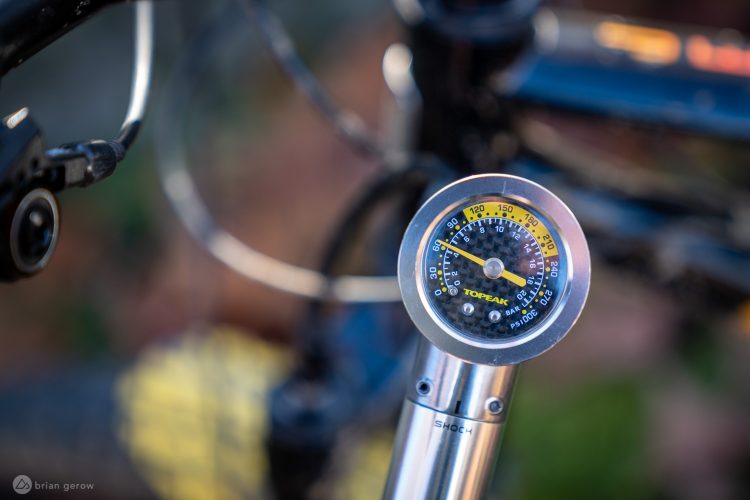
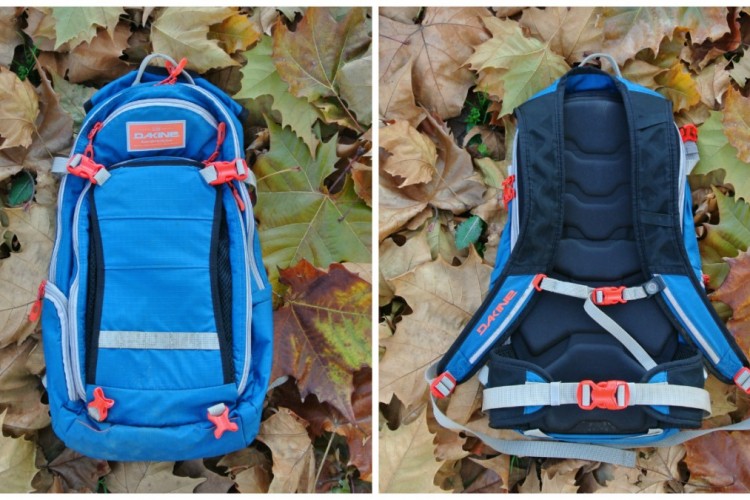
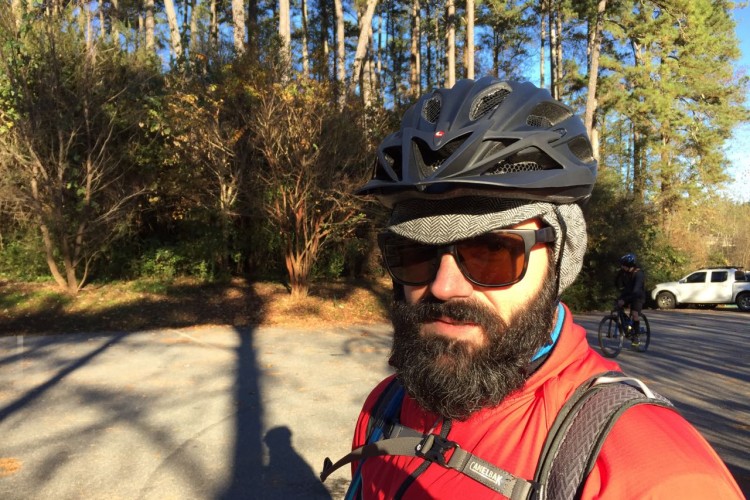

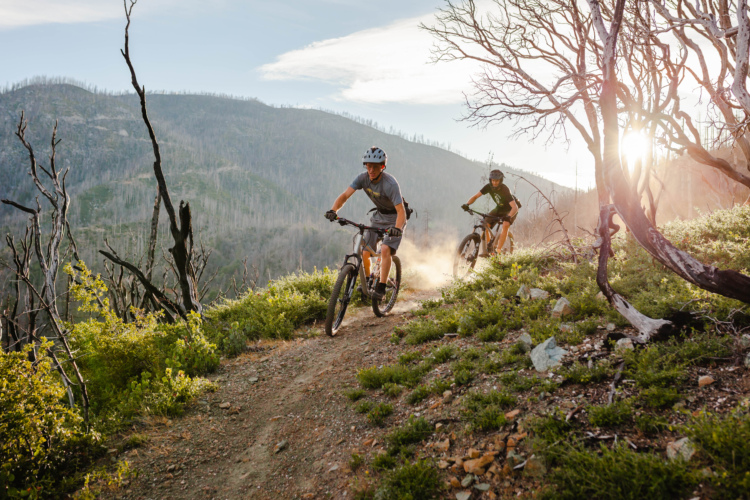

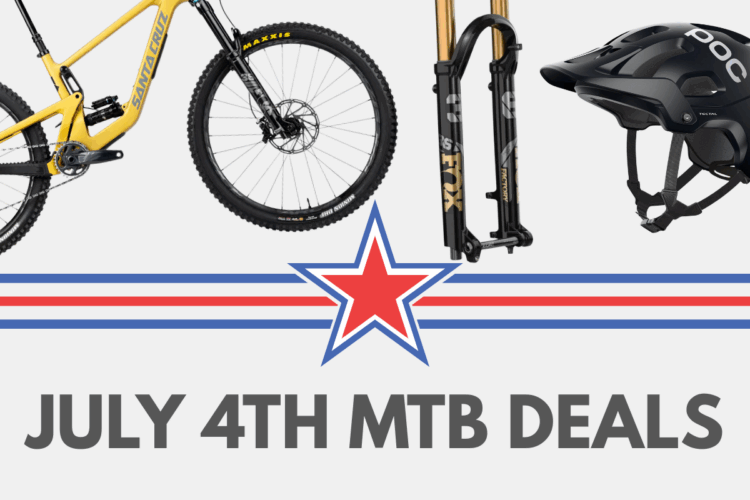


7 Comments
Aug 4, 2018
Aug 4, 2018
Aug 2, 2018
Aug 4, 2018
Aug 1, 2018
Aug 1, 2018
I'd add glasses or some form of eye protection to the list.
Aug 2, 2018